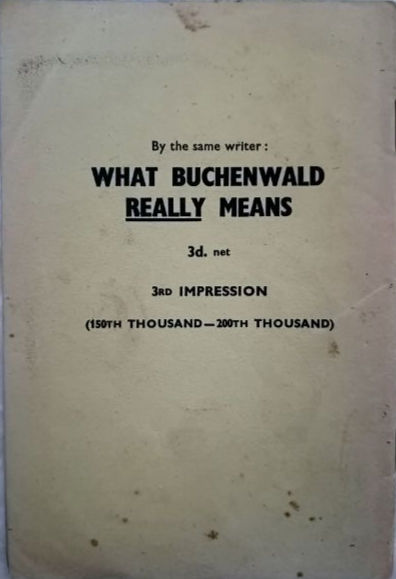From Testing To Deploying Nuclear Forces: The Hard Choices Facing India and Pakistan (2000) By Gregory S. Jones
In the aftermath of their May 1998 nuclear tests, the key question remains: Do India and Pakistan intend to develop fully deployed nuclear forces? If they do, then their tests were only the first step. A fully deployed nuclear force must meet many requirements to ensure that it is capable of fulfilling the deterrence function assigned to it without causing other undue risks. These requirements were first delineated by Albert Wohlstetter in his seminal article, "The Delicate Balance of Terror."
Although the origins of these requirements were in the context of the U.S.-Soviet Cold War, Wohlstetter made it clear that the requirements applied to any nuclear power and not just the two superpowers.
A central requirement is that a nuclear force should be able to survive a first strike designed to prevent the force from striking back. Wohlstetter had seen how difficult it was for the United States to achieve this objective against the relatively small Soviet nuclear force in the 1950s, which was one of the main reasons he considered the balance of terror "delicate." He believed that meeting this requirement would be even harder in an environment of many nuclear powers where the capabilities of these powers would vary greatly.
As will be shown, both India and Pakistan are currently unable to deploy a force that can meet these requirements, a situation that is unlikely to change for some time. In particular, if India and Pakistan do proceed with weapons deployment, their forces will probably not be capable of withstanding a first strike, which could lead to instability in a crisis. Depending on how their forces are deployed, it may be difficult to prevent physical accidents or the theft or unauthorized use of these weapons, which will increase the risk of war in South Asia or the risk that other countries or subnational groups could obtain nuclear weapons.
This issue paper describes the requirements for a nuclear deterrent force in general terms, discusses how the Indian-Pakistani nuclear relationship is affected by China, and then considers the specific decisions that still must be made in India and Pakistan. Our goal is to provide a road map to the directions that India and Pakistan might take with their nuclear deployments. The paper will also make apparent just how far India and Pakistan still have to go and that if they deploy nuclear forces, the period of heightened risk will persist for many years, if not decades. On the positive side, the long road ahead for India and Pakistan allows for opportunities to head off their nuclear deployments. Indeed, it is important for India and Pakistan to recognize that they are much closer to their starting point than to any possible end point (I point out in the conclusions section that there may be no end point) and that they must seriously consider taking no further steps in nuclear weaponization.
- Soft Cover
- 12 pages
- In Good Condition
































